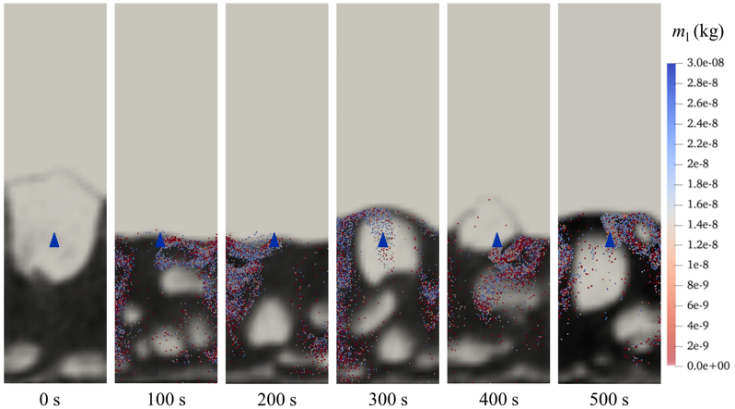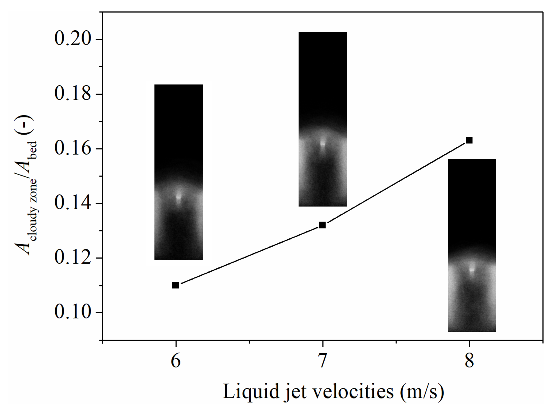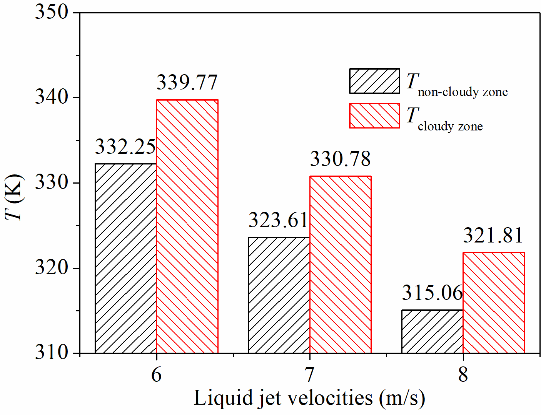THE 4TH INTERNATIONAL
SYMPOSIUM ON THERMAL-FLUID DYNAMICS
(ISTFD 2023)

THE 4TH INTERNATIONAL
SYMPOSIUM ON THERMAL-FLUID DYNAMICS
(ISTFD 2023)

Prof. Ning Yang
State Key Laboratory of Multiphase Complex Systems,
Institute of Process Engineering, Chinese Academy of Sciences,
School of Chemical Engineering,
University of Chinese Academy of Sciences, China
Ning Yang is currently a Professor at Institute of Process Engineering of Chinese Academy of Sciences. He is the winner of Outstanding Young Scientist from National Natural Science Foundation of China (NSFC) and Newton Advanced Fellowship of Royal Society, and Outstanding Young Researcher of China Association of Science and Technology (CAST), and SCEJ Award for Outstanding Asian Researcher and Engineer (Society of Chemical Engineers, Japan). He is also the leading scientist in many projects on industrial application of CFD simulation and multiphase flow, e.g., incorporating with BASF, BHPB, BP, SinoPec, Synfuel China, TOTAL, and Unilever. He is a member of American Institute of Chemical Engineers (AIChE), China Society of Particuology (CSP), Guest editors of CEJ, CES, Powder Technology, Particuology. He serves as the International Scientific Advisory Committee of International Conference of Gas-liquid and Gas-liquid-Solid Reactor Engineering (GLS) and International Symposium of Chemical Reaction Engineering (ISCRE).
His research interest includes multiphase flow, fluidization, reaction engineering, computational fluid dynamics. He published more than 100 papers.
Title: Identification of Volatile Cloudy Zone in a Fluidized Bed with Liquid Injection by CFD-DEM Simulation
Abstract: In recent years, a new ethylene polymerization process called “cloudy ethylene polymerization” was developed due to the excellent performance of the polyolefin product (Tian, S., et al., 2021). Compared with the traditional gas-phase ethylene polymerization process, hydrocarbon liquid is injected continuously into a gas–solid fluidized bed, then a volatile “cloudy zone”, including droplets, wet particles, and gas bubbles, is established, significantly changing the polymerization environments. In the cloudy zone, temperature is lower and the molar ratio of comonomer to ethylene is higher than that in the "non-cloudy zone" due to liquid atomization and evaporation, and then high molecular weight polyethylene with more branches could be produced under this condition. Therefore, the accurate identification of cloudy zone is of great significance for controlling the distributions of temperature and concentration in reactors and improving the product structure. In previous studies, a variety of experimental methods, e.g., X-ray imaging, gamma ray tomography or conductivity probe, have been utilized to identify the cloudy zone (Ariyapadi, S., et al., 2003; Börner, M., et al., 2014; Boyer, C., et al., 2005). Through these measurements, the distribution of liquid droplets can be characterized, but quantitative description of the dynamics of wet particles are still difficult. Sun et al. (2021) applies a unique reversible thermochromic material (RTM) tracking method to visualize the liquid-containing particles and the liquid dispersing pathway in the fluidized bed, overcoming the difficulty of cloudy zone identification. However, the accuracy of this method needs to be verified, as temperature is not a direct measure of cloudy zone.
In this work, particle and droplet motions at different spray rates in a top-spray fluidized bed have been investigated by CFD-DEM simulations. The heat and mass transfer during the droplet and particle collision and liquid evaporation were modeled. Then, a direct method for cloudy zone identification based on the distribution of liquid-containing discrete phases was proposed. Figure 1 shows the spatial distribution of liquid-containing discrete phases in a fluidized bed at different instants. Liquid is dispersed near the spray nozzle, and the distribution is uneven far from the nozzle due to the fluidization of wet particles. By digital image analysis of the snapshots of liquid-containing discrete phases distribution during 500s, the time-averaged morphology of cloudy zone is then characterized, as shown in Figure 2. The cloudy zone exhibits a horseshoe shape. The area of cloudy zone increases gradually with liquid jet velocities. Figure 3 depicts the mass fraction of wet particles as a function of evaporation time of liquid film, reflecting the lifetime of wet particles in the bed. With the increase of liquid jet velocities, more spray liquid attaches to particle surface, forming liquid films. As a result, the number of wet particles with short lifetime becomes less, while that with long lifetime becomes more. This is the primary reason of the increasing area of cloudy zone with the liquid jet velocities, as shown in Figure 2. Furthermore, liquid evaporation is an endothermic process. Thus, the temperature of particles in the cloudy zone is about 7 ℃ lower than that in the non-cloudy zone, and both of them decrease with liquid jet velocities, as shown in Figure 4.

Figure 1: Spatial distribution of liquid-containing discrete phases in a fluidized bed at different instants.

Figure 2: Cloudy zone at different liquid jet velocities.

Figure 3: Mass fraction of wet particles as a function of evaporation time of liquid film.

Figure 4: Temperature of particles in the cloudy zone and non-cloudy zone at different liquid jet velocities.
Overall, this work demonstrates a direct visualization and the measurement of cloudy zone through the dispersion of liquid-containing discrete phases in a gas-solid fluidized bed with liquid injection. The quantitative descriptions of the difference in temperature distribution between cloudy zone and non-cloudy zone are beneficial for the operation and control of the fluidized bed reactors of the cloudy ethylene polymerization.